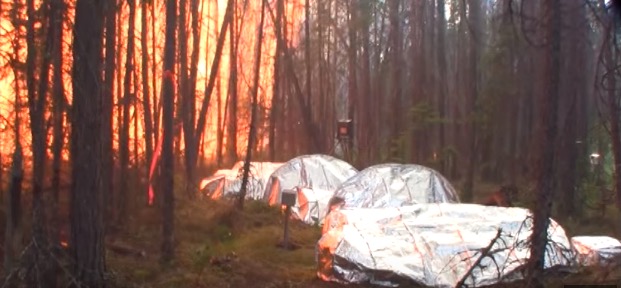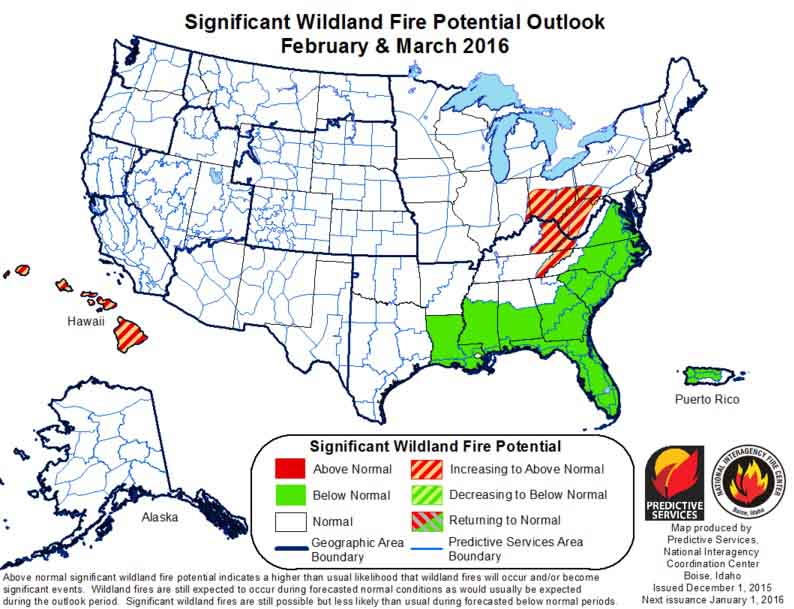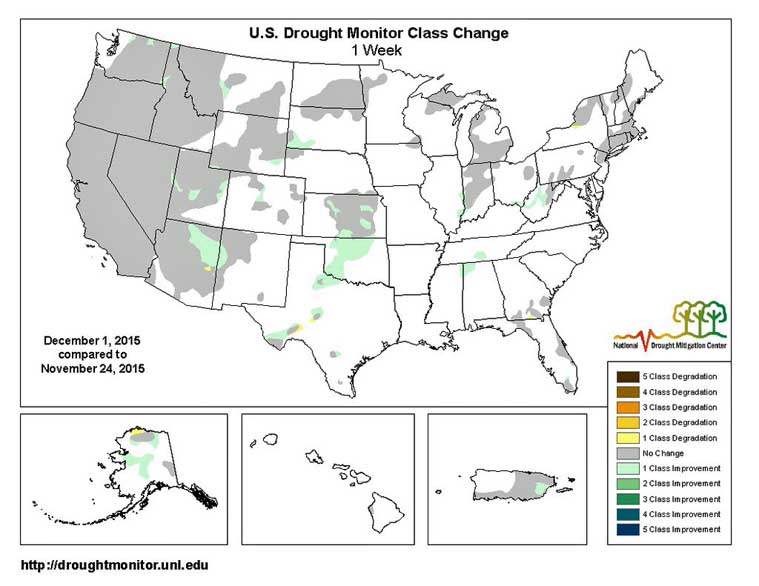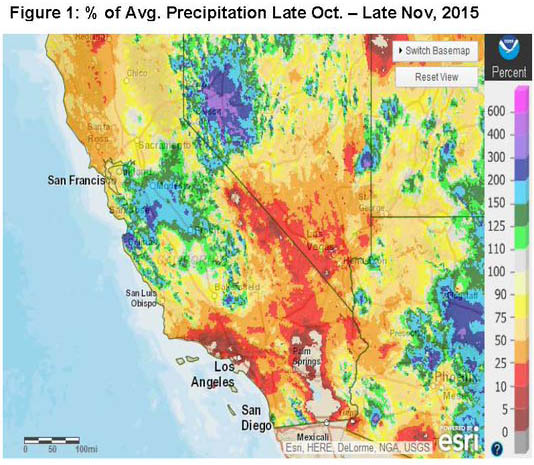
(Updated February 26, 2016 to include the final fire occurrence statistics for 2015.)
As the 2015 wildfire season draws to a close in most areas of the United States, preliminary numbers for acres burned show at first glance that it has been very busy. According to statistics from the National Interagency Fire Center, 10,125,149 acres burned in the country which is the most recorded during the last 55 years when accurate records have been kept.
But if we drill down into the statistics we find that more than half of those acres were in Alaska, with 5.1 million acres, more than quadruple their average of 1.2 million and the most acres burned since 2004 (6.6 million). Fire management in Alaska is very different from the rest of the country. Most of the huge state is very sparsely populated, making it possible for land managers to allow some large fires to burn virtually unchecked except where they might impact a structure or village. In those areas “point protection” is the key — establishing firelines, sprinkler systems, or burnout operations for relatively small areas, leaving the rest of the fire untouched.
In the other 49 states (we like to call them the “lower 49 states”) 5.0 million acres burned so far in 2015, about 700,000 less than the average of 5.7 million acres.
We don’t have the individual totals for each of the lower 49 states yet for this year but the impression is that firefighters were very busy in northern California, Washington, Oregon, Idaho, and parts of Montana, while it was much slower than average for the other western states.
Concerns about the drought in California had many wildfire organizations sitting on pins and needles as the summer began. Los Angeles County usually contracts for two water scooping air tankers for their fall fire season which often has large fires pushed by very strong Santa Ana winds accompanied by single-digit humidities. Angst about the drought-desiccated fuels caused LA County to double their contracted air tanker fleet from two to four. While the northern part of the state had numerous large fires, the last half of the summer farther south was relatively benign, fire-wise.
Rain across much of the northwest in early September knocked out most of the large fires that had been chewing up acres in August. Even southern California received rain off and on in the fall. Orange County near Los Angeles got almost two inches of rain on September 15. Officials were dealing with flooding in Newport Beach and telling residents where they could obtain sandbags, something very rare in that area, but especially in September, the dry season.








